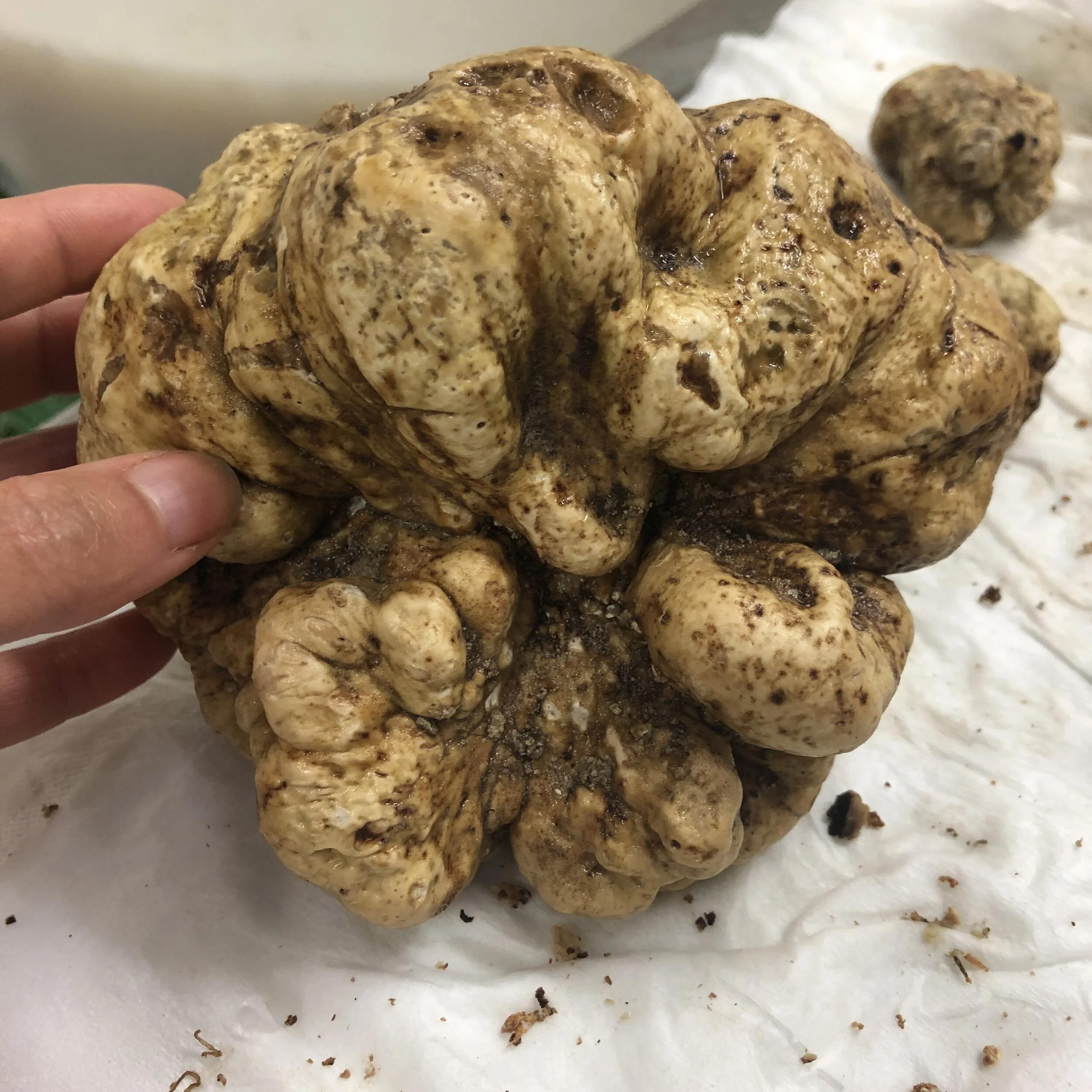White truffles: How did the taste that Brillat-Savarin called “the diamond of the kitchen” become what food critic Jonathan Gold dubbed “the ketchup of the middle class?”
Sweet Spice mix
This spice mix is recorded in Bartolomeo Scappi’s cook bookOpera (1570). It is a Medieval mix that persevered through to the Renaissance, though every chef would have put his (alas, in Italy, yes) signature mark on it. This is a reference page that will function as a link for the verious occasions in which this genreral spice mixture is required on The Eternal Table.
Buttery Pea Pie
Verjuice: The Green Revelation
Verjuice is a sour condiment made from the juice of unripe grapes that adds an acidic zing due to the presence of tartaric and malic acid and is an essential staple of historical Italian cookery. The Italian word agresto derives from Latin, directly referring to its sour quality rather than the color. Its use in Italy dates back to antiquity, although the stability and and popularity of balsamic vinegar and widespread cultivation of the less perishable lemon, which started in the 15th century, would eventually make verjuice obsolete.
Mostaccioli - Neither a Cookie Nor a Cracker Be
Mostaccioli, a spiced biscuit, can be traced back to ancient Rome through the recipe called mustaceos, recorded in the wine chapter of Cato’s farming manual De Agricultura. The fundamental ingredient is 'mosto', or reduced grape juice. They went on to become the most ubiquitous biscuit in the Middle Ages and Renaissance, with recipes that varied in the extreme.
Stuffed Chicken Neck
In my travels throughout Italy while I was interviewing 90-somethings for my first book Chewing the Fat, a recurrent theme was how nothing was wasted. Cores, pods, peels, - everything was repurposed.
As part of the interview, I asked each participant if they would give me a recipe which for them characterized typical foods they grew up with during the fascist era, foods that were a normal part of their culinary experience. Aida, a mezzadra, or sharecropper, from Gubbio in Umbria gave me her recipe for stuffed chicken neck. It was a dish that combined old bread and the less desirable bits of a chicken to create something that was considered quite a treat.
Farro and Pork Sausage
This recipe is far more than a mere historical reproduction exercise. It is actually delicious, leaving one to wonder why it ever slipped away into the folds of time. So, this is my campaign to resuscitate it. It is a bit of work and requires some equipment beyond standard, but it is well worth the time and effort of rounding up a meat grinder/sausage machine. I’d recommend making a large batch and then vacuum packing and freezing them.
Zeppolle, Cepolle, Frittelle – Chickpea, Chestnut and Walnut Fritters
Those who cook regularly from cookbooks generally develop a certain sensory literacy, that is, they can read a recipe and connect with how it is going to feel, smell, and taste, just as a musician can hear a written score without playing the music. But with historical recipes, so much is vague, missing, or unknown that it is difficult to grasp the outcome to the degree that one might with a modern recipe. Here is an example of a historical recipe that seemed straightforward enough at the outset, but turned out to be unexpectedly challenging.









